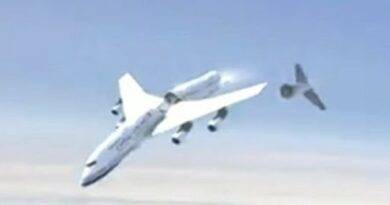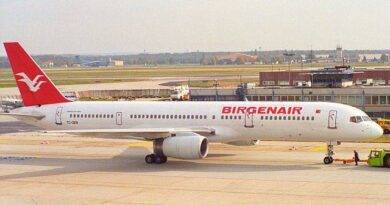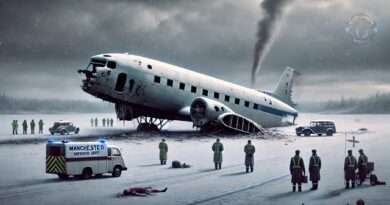Martinair Flight 138: Sri Lanka’s Deadliest Airplane Crash
On December 4, 1974, Martinair Flight 138, a DC-8 aircraft, met a tragic fate in the mountains of Sri Lanka, resulting in the loss of all 191 lives on board. This devastating event remains the deadliest aviation accident in Sri Lankan history. Below is a detailed exploration of the accident, its causes, and the aftermath.
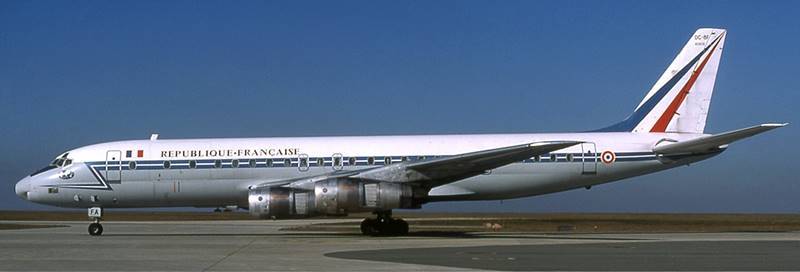
Similar aircraft
Flight Overview
Martinair Flight 138 was a chartered flight carrying Indonesian Hajj pilgrims from Surabaya, Indonesia, to Jeddah, Saudi Arabia, with a stopover in Colombo, Sri Lanka. The Dutch airline Martinair Holland operated the McDonnell Douglas DC-8-55CF aircraft. On that fateful day, the aircraft was descending towards Colombo’s Bandaranaike International Airport when it crashed into the Saptha Kanya mountain range, also known as the Seven Virgins, near Maskeliya (Wikipedia, The Island).
The Crew of Martinair Flight 138
The crew of Martinair Flight 138 consisted of three experienced Dutch nationals. Captain Hendrik Lamme, a 58-year-old pilot, had logged over 26,000 flight hours, including 4,000 hours on the DC-8. Despite his extensive experience, Captain Lamme was not familiar with the Surabaya-Colombo route, as he had not flown it before. The co-pilot, Robert Blomsma, was 33 years old and was flying this route for the first time. Blomsma’s lack of experience on this route, combined with personal stressors, may have impacted his performance during the critical descent phase. A third crew member, who was also in the cockpit, remains less documented. However, all crew members were integral to the flight’s operations (Suren Ratwatte, The Sunday Times).
The Fatal Descent: Navigational Errors
As Flight 138 approached Colombo, it was cleared to descend to 2,000 feet after the crew reported they were 14 miles from the airport. Unfortunately, this report was erroneous due to navigational errors. The Doppler navigation system onboard, which was not originally designed for the DC-8, gave the pilots incorrect distance readings. This led them to believe they were closer to the airport than they actually were (Suren Ratwatte, The Sunday Times).
Without radar support or Distance Measuring Equipment (DME) at Colombo, the air traffic controllers could not verify the plane’s actual position. The pilots began their descent too early. This caused the aircraft to crash into the fifth peak of the Seven Virgins mountains at an altitude of 4,354 feet (The Island, Newscutter).
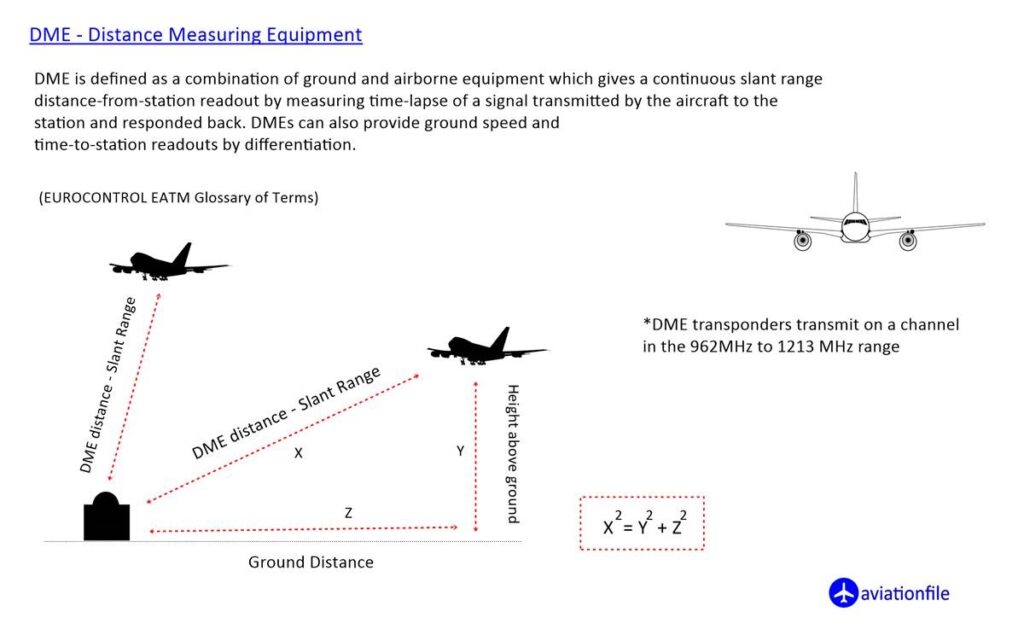
Contributing Factors
Navigational Challenges
The Doppler system onboard the DC-8 was identified as a significant factor in the accident. The aircraft was equipped with a Bendix Doppler radar. It was incompatible with the Marconi system that the pilots were trained on. This incompatibility likely contributed to the misreading of the aircraft’s position (Suren Ratwatte).
Lack of Ground-Based Navigation Aids
At the time, Bandaranaike International Airport lacked essential navigational aids like DME and radar, which could have helped prevent the crash. The absence of these systems made it impossible for air traffic controllers to accurately track the aircraft’s descent (The Sunday Times).
Crew Experience and Fatigue
The flight crew’s unfamiliarity with the route and possible fatigue were also contributing factors. The captain had experience flying to Colombo but had not flown this specific route before. The co-pilot was less experienced and was reportedly dealing with personal issues that may have affected his concentration during the critical descent phase (The Sunday Times).
The Aftermath: Search, Rescue, and Investigation
Search and rescue operations were challenging due to the remote and rugged terrain of the crash site. It took several days for Sri Lankan Army personnel and local volunteers to reach the site. When they arrived, they found widespread wreckage scattered across four square miles, with no survivors (Suren Ratwatte).
The investigation, led by Sri Lankan authorities with assistance from Dutch and Indonesian experts, concluded that the accident was a result of Controlled Flight Into Terrain (CFIT). The final report emphasized the need for better navigational aids and highlighted the dangers of relying solely on Doppler systems without ground-based verification (The Sunday Times).
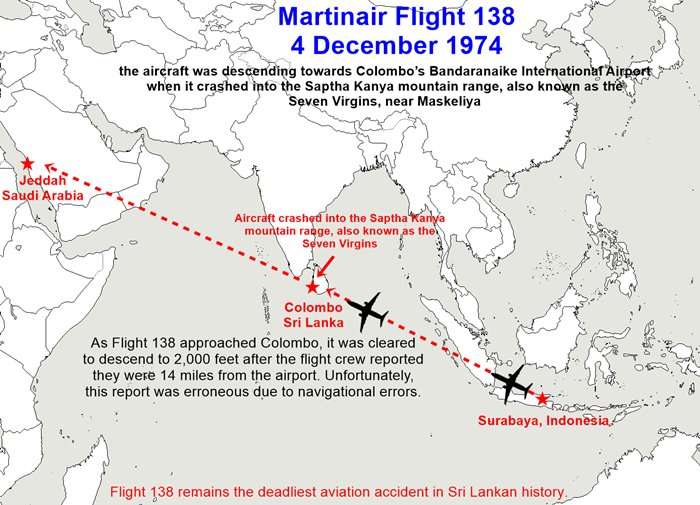
Memorials and Legacy
Today, a lonely memorial plaque, now overgrown by the surrounding jungle, marks the crash site. In the nearby town of Norton Bridge, residents display a tire from the wreckage as a somber reminder of the tragedy. The accident has largely faded from public memory, but it remains a significant event in Sri Lankan aviation history (Suren Ratwatte, Newscutter).
Conclusion
The Martinair Flight 138 disaster serves as a poignant reminder of the importance of accurate navigation and the dangers of over-reliance on technology without adequate backup systems. The lessons learned from this tragedy have undoubtedly contributed to advances in aviation safety. Moreover, it helps to prevent similar accidents in the future.
References and Further Reading:
- https://en.wikipedia.org/wiki/Martinair_Flight_138
- https://www.historyofceylontea.com/ceylon-publications/ceylon-tea-articles/a-sad-night-to-remember.html
- https://surenratwatte.com/martinair-flight-138-sri-lankas-worst-air-disaster/
